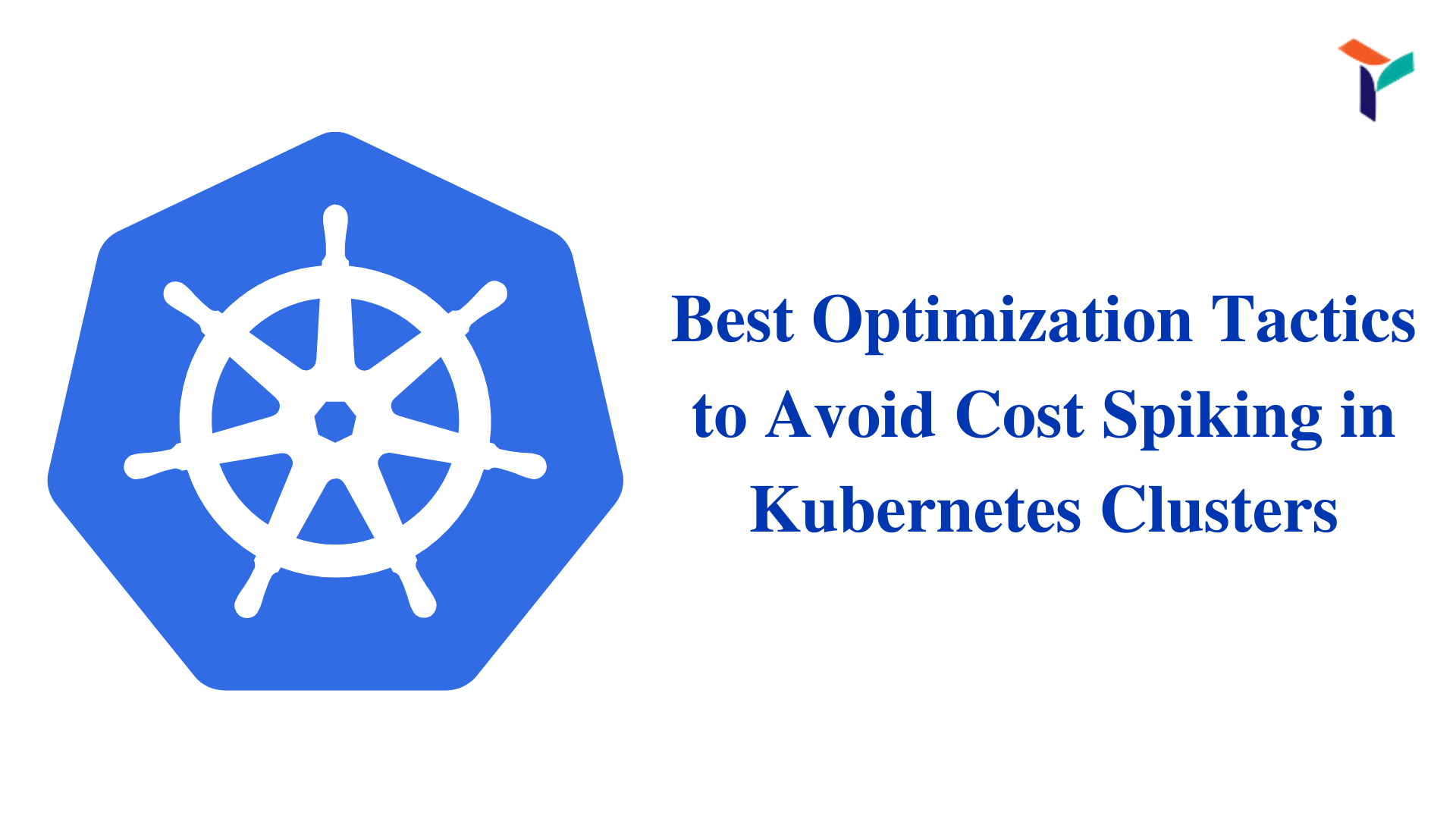Unexpected cloud costs can be a silent killer for engineering teams. Kubernetes, while powerful for container orchestration and scaling, can also cause runaway cloud bills if not carefully managed. Cost spikes often go unnoticed until it’s too late, leaving teams with bloated infrastructure and tight budgets.
In this blog, we’ll cover the top cost-optimization tactics to keep your Kubernetes clusters efficient, predictable, and financially sustainable.
Why Kubernetes Costs Spiral Out of Control
Before optimizing, it’s important to understand why Kubernetes costs spike:
- Over-provisioned resources: Allocating too much CPU or memory “just in case” adds up quickly.
- Idle workloads: Resources often sit unused but still cost money.
- Inefficient scaling policies: Misconfigured autoscalers may create unnecessary pods or nodes.
- Unmonitored workloads: Without visibility, it’s easy to let old or duplicate services run unnoticed.
- Lack of cost accountability: Shared clusters with no clear ownership lead to waste.
The flexibility of Kubernetes is a double-edged sword—without governance, it leads to cost creep.
1. Right-Size Your Workloads
Start with accurate CPU and memory requests and limits. Don’t guess—use actual performance metrics.
- Use monitoring tools like Prometheus or Datadog to measure real usage.
- Set resource requests slightly above observed needs and enforce limits to prevent overconsumption.
- Continuously review and adjust based on workload behavior.
Right-sizing prevents both underperformance and overspending.
2. Use Cluster Autoscaling Wisely
Kubernetes supports Cluster Autoscaler to add/remove nodes based on demand, but improper setup leads to waste.
- Set minimum and maximum node thresholds.
- Use node pools with appropriate instance sizes for different workloads.
- Watch for pods that can’t be scheduled due to poor resource fit—they can trigger unnecessary node spin-ups.
Autoscaling should be predictable and tuned, not left to chance.
3. Leverage Horizontal Pod Autoscaling (HPA)
Horizontal Pod Autoscaler adjusts pod counts based on CPU/memory usage or custom metrics.
- Ensure target utilization thresholds are realistic.
- Avoid aggressive scaling that may lead to resource bursts and cost spikes.
- Combine HPA with cooldown periods to prevent flapping.
HPA helps manage workload surges without manual intervention, if properly configured.
4. Schedule Non-Critical Workloads Efficiently
Not every workload needs 24/7 uptime.
- Use Kubernetes CronJobs for batch tasks that run during off-peak hours.
- Schedule non-critical jobs on preemptible or spot instances to save up to 90%.
- Deploy background processing jobs on lower-cost nodes or in non-production clusters.
This reduces demand on expensive, high-availability resources.
5. Clean Up Orphaned Resources
Stale or forgotten Kubernetes objects still cost you money.
- Use tools like kubectl, k9s, or kubecost to audit running services.
- Remove unused PersistentVolumeClaims, LoadBalancers, and dangling containers.
- Automate cleanup using scripts or GitOps policies.
Regular audits can reclaim hundreds (or thousands) in monthly cloud costs.
6. Monitor, Alert, and Visualize Cost Metrics
Observability is key to cost control.
- Use Kubecost, GKE Cost Management, or AWS Cost Explorer to track usage by namespace, team, or service.
- Set cost-based alerts for spikes in specific clusters or workloads.
- Visual dashboards improve accountability and allow informed decisions.
When teams see their cost impact, they make smarter decisions.
7. Use Namespaces and Quotas for Cost Governance
Divide your cluster by namespaces per team or application and apply ResourceQuotas.
- Quotas cap total resource consumption and prevent overuse.
- Combine with LimitRanges to enforce per-container boundaries.
- Enables better cost attribution and budgeting across departments.
This brings clarity to shared Kubernetes environments.
8. Prefer Spot Instances Where Appropriate
Spot instances or preemptible VMs are much cheaper—ideal for non-critical, fault-tolerant workloads.
- Use them for development, testing, and batch processing.
- Manage interruptions gracefully with retry logic or job queues.
- Mix spot and on-demand nodes using taints and tolerations for control.
They offer a powerful cost-saving lever when used wisely.
9. Avoid Overuse of Persistent Storage
Block storage and file systems can silently drain your budget.
- Clean up old PersistentVolumeClaims and unused volumes.
- Use ephemeral storage for stateless services.
- Archive logs or backups to lower-cost storage like S3 or Cloud Storage.
Not all data needs premium disk speed or 24/7 access.
10. Adopt FinOps for Kubernetes
Cost optimization isn’t just technical—it’s also cultural.
- Encourage teams to take ownership of their workloads and cost profiles.
- Set cost optimization KPIs alongside performance metrics.
- Hold regular reviews to align engineering decisions with cloud budgets.
A FinOps mindset builds long-term sustainability into your Kubernetes strategy.
Conclusion
Managing costs in Kubernetes isn’t about cutting corners—it’s about aligning infrastructure with real usage. From autoscaling best practices to proactive monitoring and smart resource allocation, you can reduce waste and run lean without sacrificing performance.
If you’re looking to optimize your Kubernetes clusters or adopt a smarter cloud infrastructure approach, TRIOTECH SYSTEMS can help you streamline operations while keeping costs predictable.




